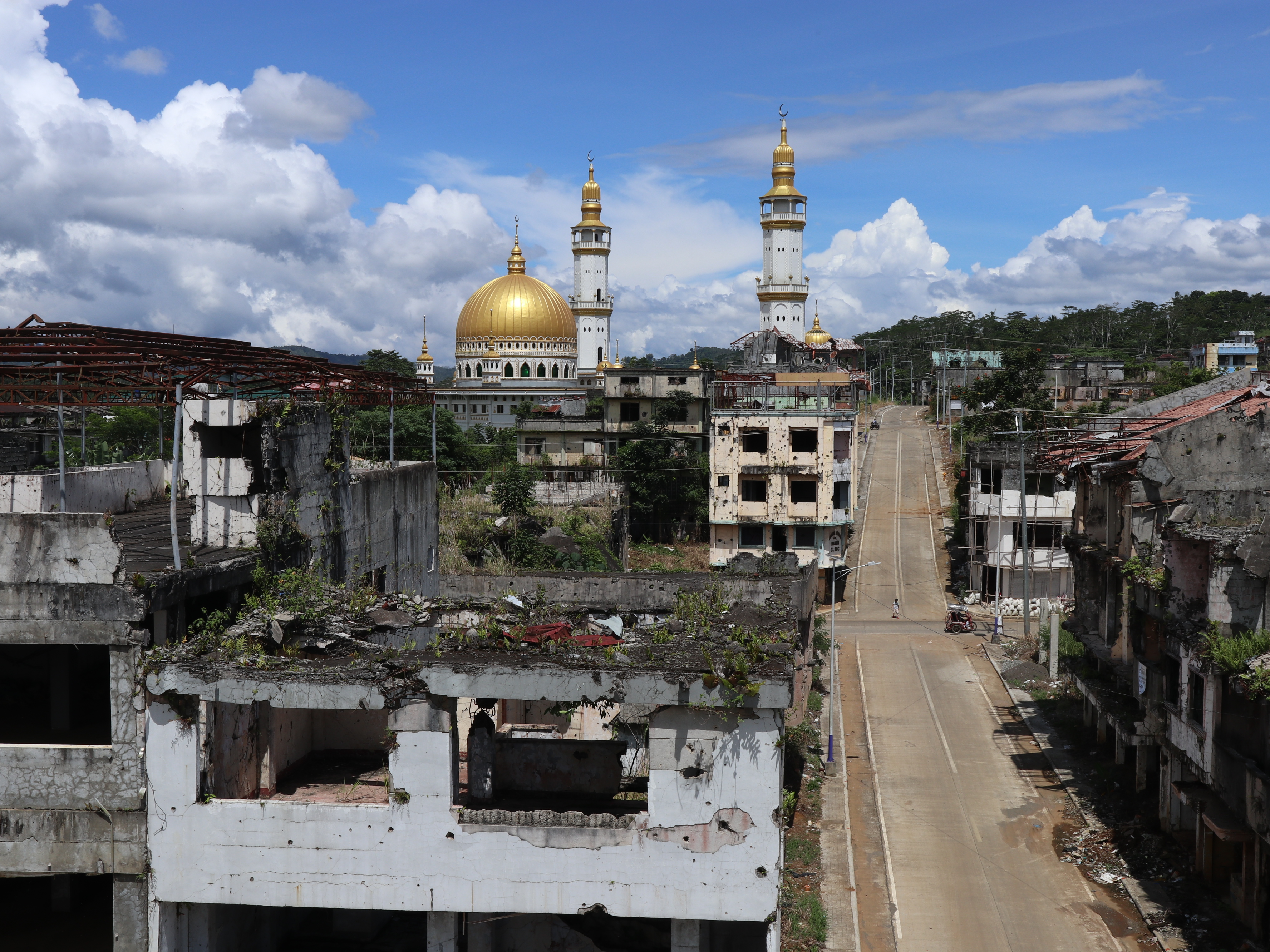The Battle of Marawi was a five-month-long armed conflict that erupted in the southern Philippine city of Marawi, located on the island of Mindanao. It began on May 23, 2017, and officially ended on October 23, 2017.
This battle marked the most serious internal security crisis in the Philippines since the rise of Islamic militancy in the region. It pitted government forces against militant groups affiliated with the Islamic State of Iraq and Syria (ISIS), primarily the Maute group and the Abu Sayyaf faction led by Isnilon Hapilon.
Background

The roots of the conflict can be traced to longstanding grievances in Mindanao, a region historically home to a significant Muslim population known as the Moro people. For decades, Mindanao had experienced underdevelopment, political marginalization, and cycles of violence.
Various separatist movements, such as the Moro National Liberation Front (MNLF) and the Moro Islamic Liberation Front (MILF), sought greater autonomy or independence. While peace efforts progressed with the MILF under the Aquino and Duterte administrations, radical Islamist factions splintered away and pledged allegiance to ISIS.
The Maute group, founded by brothers Abdullah and Omar Maute, was one such faction. Based in Lanao del Sur, the group grew in strength by exploiting clan ties, criminal networks, and the discontent of disenfranchised youth.
They were joined by Isnilon Hapilon, a notorious leader of the Abu Sayyaf group who was recognized by ISIS as its emir in Southeast Asia. Intelligence reports in early 2017 indicated that the militants were planning to establish a caliphate in Marawi, making the city their stronghold.
Chronology

The battle began on May 23, 2017, when Philippine security forces launched a raid to capture Isnilon Hapilon in Marawi. The operation met fierce resistance from militants who had pre-positioned weapons and fighters throughout the city.
What began as a tactical raid quickly escalated into a full-blown urban battle, as hundreds of insurgents seized key buildings, released prisoners, and raised the ISIS flag over Marawi. The militants took hostages, including a Catholic priest, and set fire to churches and schools.
President Rodrigo Duterte responded swiftly by declaring martial law across the entire Mindanao region. The Armed Forces of the Philippines (AFP) launched a massive military campaign involving ground troops, artillery, and airstrikes.
Despite overwhelming firepower, progress was slow due to the dense urban terrain and the militants' use of snipers, booby traps, and tunnels. Civilians were trapped in the crossfire, and much of the city was reduced to rubble.
As the siege dragged on, more troops were deployed, and the government coordinated with allied nations for intelligence and logistical support. The United States and Australia provided surveillance assistance, while local humanitarian organizations struggled to aid displaced residents. Over 350,000 civilians fled their homes, and Marawi turned into a ghost city.
After several months of grueling combat, the tide turned in October 2017. Key militant leaders, including Omar Maute and Isnilon Hapilon, were killed in precision operations. Their deaths signaled the collapse of organized resistance, and government forces gradually regained control of the city.
Aftermath

On October 17, 2017, President Duterte declared the liberation of Marawi, though fighting continued for several more days to clear remaining pockets of resistance. By October 23, the military officially announced the end of combat operations.
The battle left over 1,000 people dead, including more than 900 militants, around 165 soldiers and police, and dozens of civilians. The city suffered massive destruction, with key infrastructure and historical sites severely damaged or destroyed.
In the aftermath, the Philippine government launched a multi-billion peso rehabilitation program known as “Bangon Marawi” (Rise Marawi), aiming to rebuild the city and resettle displaced residents. However, recovery has been slow, hampered by bureaucratic delays, corruption concerns, and the complexity of rebuilding a war-torn urban center.
The Battle of Marawi highlighted the threat of extremist ideology in Southeast Asia and served as a wake-up call for stronger regional cooperation against terrorism. It remains a stark reminder of the consequences of unresolved socio-political grievances and the need for inclusive development and peacebuilding in conflict-prone areas.



















